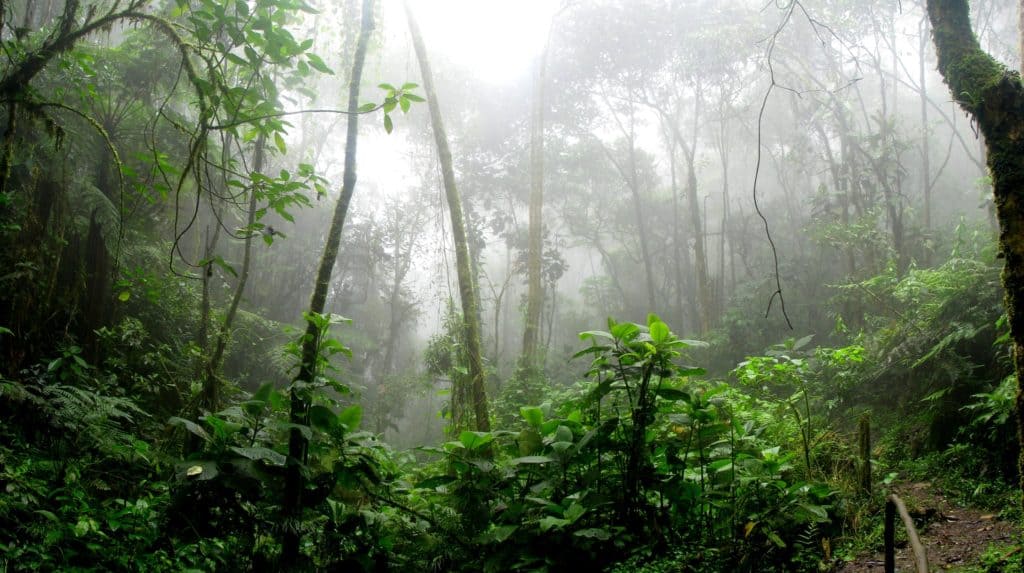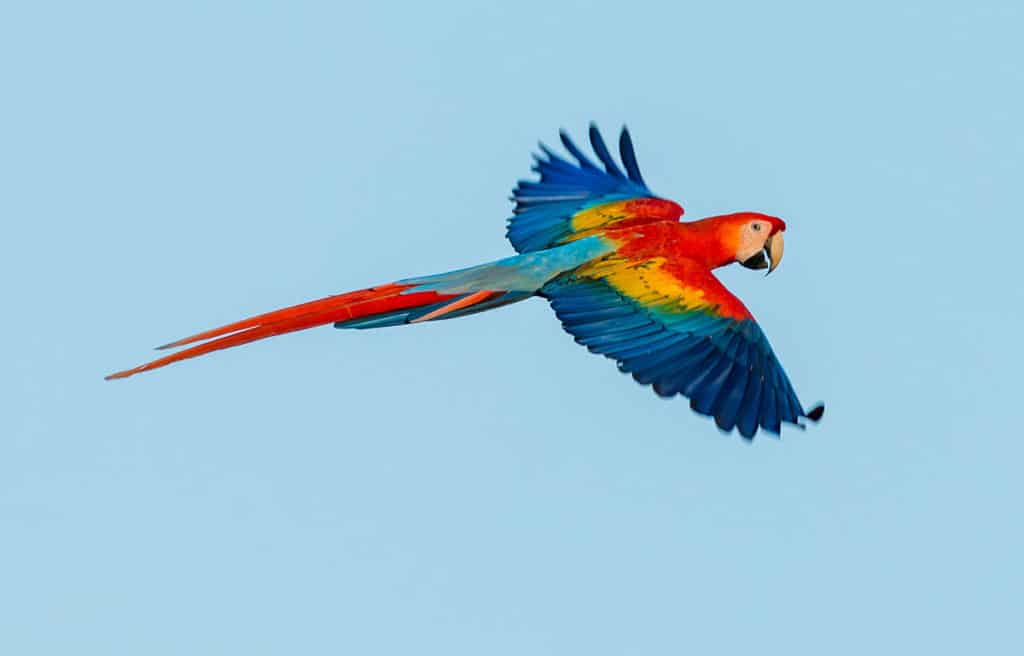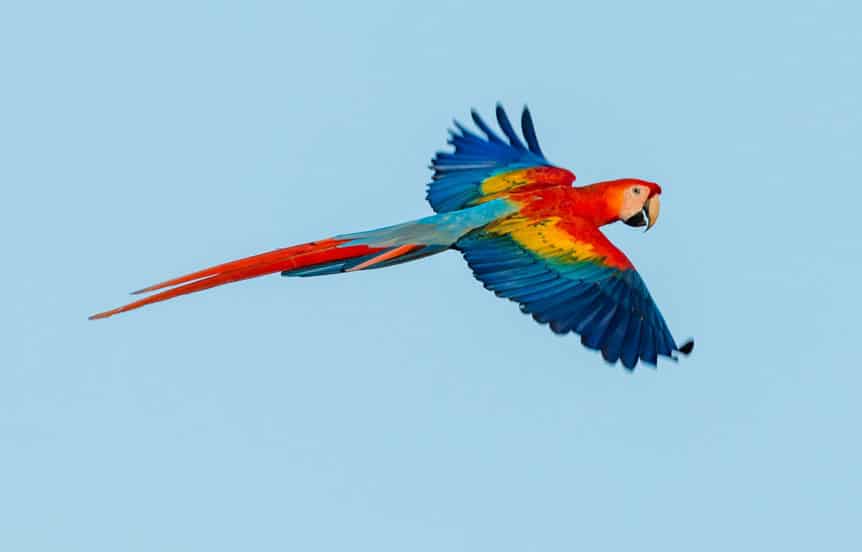
Carara National Park in Costa Rica lies at the apex of the Amazon and Mesoamerican ecosystem. Its is in a transitional climate zone that goes from the dry of the Pacific north to the very humid southern coast and is a meeting place for wildlife species from both areas.
Rainforest exploration in Costa Rica doesn’t come any easier than at Carara National Park. Its only about 1 hour away from Manuel Antonio and even closer to Jaco Beach. Its one of the the most popular parks to visit in Costa Rica due, in part, to its it proximity to San Jose as well how easily accessible it is.
Lets take a closer look at this national park in Costa Rica and find out why it is such a popular place to visit.
The 5,242-hectare park borders the Pan-American Highway, so you can literally step from your car and enter the primary forest.
Carara protects evergreen forest of great complexity and density. The diversity of trees is one of the highest in the world. The 10 rarest hardwoods in the country are here, as are some of the rarest and most spectacular animals of tropical America: American crocodiles, great anteaters, ocelots, spider monkeys, and poison-arrow frogs.
Carara is also one of the best bird-watching localities in all Costa Rica and you really should bring binoculars and a good camera. You should be able to see Fiery-billed aracari and toucan are common. So, too, boat-billed herons.
And around dawn and dusk, scarlet macaws—there are at least 400—can be seen in flight as they migrate daily between the wet forest interior and the coastal mangrove swamps (a macaw protection and reintroduction program has been very successful). The bridge over the Río Tárcoles is a good place to spot them as they fly over.
Carara also has 480 species of plants, including trees and shrubs, with 14 endemic species and 29 species that are considered rare and endemic. There are also numerous pre-Colombian archaeological sites to see.
Carara Visitor Center
The Visitors Center sits beside the coastal highway, three kilometers south of the Río Tárcoles. Here begins the Las Araceas Nature Trail, a one-kilometer loop; and a handicapped-accessible trail that links to the Quebrada Bonita Trail.
The 4.5-kilometer Laguna Meandrica Trail begins beside the highway and follows an old road paralleling the Río Tárcoles; the entrance gate, however, is usually locked.
The rest of Carara is off-limits and camping is not allowed. If you are going on your own you can rent rubber boots, hire a guide at the visitors center, however, you can always contact a tour operator that can arrange tours to Carara with transportation included.
That said, if you decide you want to explore on your own, it pays to have a guide as you will see alot more and have a better overall experiences. You can hire a guide at the Visitors Center although may want to call or email ahead of time to reserve one.
*Robberies have occurred. Avoid parking by the Laguna Meandrica Trail; park by the visitor center and ask rangers about current conditions. The ranger station has secure lockers that you rent.
Hours of Operation
- From May to November, every day from 8am to 4pm.
- From December to April, daily from 7 am to 4 pm.
- Cost: Adults $10.00 Children $5.00
- Credit card payments are accepted
Getting There
If you are going to Carara by rental car (4×4 is recommended) then from San Jose, take Route 27 towards Caldera. After the last toll Pozón, exit at Tárcoles – Jacó (Route 34). Continue for about 14 km.
The Park is located 2 km from Tárcoles River bridge, home of large crocodiles and is a road to Jacó.
*I would recommend using waze or google maps to avoid getting lost or caught in traffice
Things To Do

Carara National Park Tour
Visiting Carara, as I alluded to earlier, is a bird-watchers heaven as Scarlet Macaws nest and feed throughout the reserve and Fiery-billed aracari and toucan are common as well as at-billed herons.
There are also 400 species of birds that live in Carara such as herons, trogons, and Jacamars. Due to the combination of ecosystems, Carara features less dense forests making it easy to spot wildlife so bring a good camera and/or binoculars.
Rainforest Skywalk Tour & Tarcoles River Eco Cruise
A typical tour includes a nature walk in the rain forest and the hanging bridges of the Villa Lapas Reserve. This is a beautiful private biological reserve and hotel with primary rain forest.
Combined with a tour like this, you will be able to see the huge crocodiles living in Tarcoles River during a one hour boat tour.
If you decide not to stay at the hotel then you can book a tour that wil begin at the port in puntarenas where you will get on a air-conditioned bus for a one-hour drive along scenic roads, passing quaint villages on your way to Villas Lapas and Santa Lucia Village.

